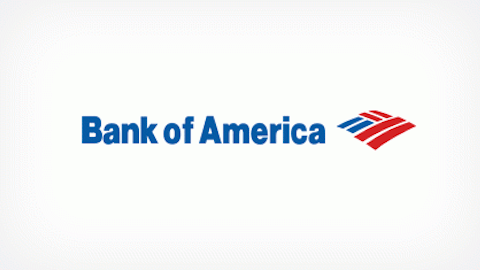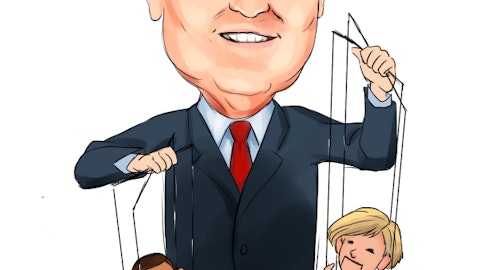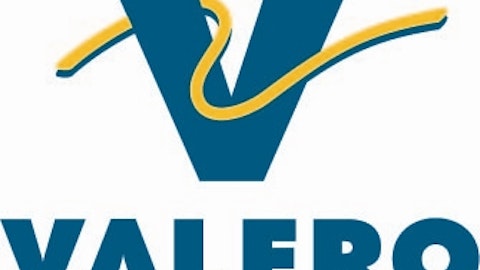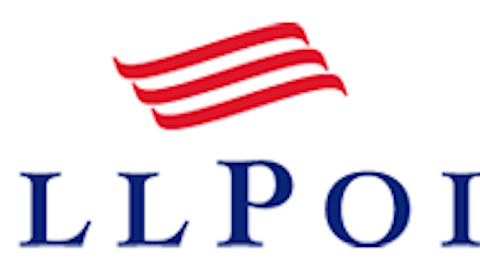Moreover, reflecting the heightened risk aversion, the company recently had to cancel its securitized bond offering valued at $225 billion, as the offered 3.5% coupon failed to attract investors. On the other hand, following the suspension of the Federal Family Education Loan Program (FFELP) that provided subsidies to private lenders, Sallie Mae has decided to split operations into two separate publically-traded businesses, one focused on education loan management and the other engaged in consumer banking. The split will be completed within a year. Despite all the risks, the company’s move to split its operations will likely support further growth in the private lending business, given the continued robust demand for student loans.
Even though the increase in delinquencies is significant and the risk of their further increasing amidst generally rising interest rates is high, the company is likely to maintain stability in the near term and, even in the long-term, to receive government support in averting the substantial increase in interest rates. For the overall company, analysts project a 17.1% increase in EPS this year, followed by a 1.6% dip next year and an extended EPS expansion, on average, over the next five years. SLM Corp (NASDAQ:SLM) is paying a yield of 2.5% on a payout ratio of 24%.
Huntsman
Huntsman Corporation (NYSE:HUN), a differentiated chemicals company, is currently trading at trailing and forward earnings multiples of 24.9x and 7.7x, respectively. The company’s forward multiple is lower than those in the previous two years. Huntsman Corporation (NYSE:HUN) has been long viewed as a takeover target. Its takeover by Hexion Specialty Chemicals Inc., a unit of Apollo Global Management LLC, agreed in 2007, was annulled in 2008 through a $1 billion settlement. Last year, reportedly, Bank of America Merrill Lynch was seeking a suitable buyer for Huntsman among private equity firms such as Bain Capital and KKR & Co. Huntsman has recently announced that it was considering strategic options for its titanium dioxide business, including selling the business or adding assets to it.
The company expects that the performance of this business segment should improve in the second quarter, as excess inventories are cleared and prices stabilize. The company’s management holds that its paint pigments segment EBITDA should reach “normalized” levels (about $200 million) by next year. As an investment strategy, Huntsman, one of the world’s largest methanol buyers, may seek investments in the methanol sector.
The long-expected rebound in the global economies bodes well for the titanium dioxide’s operational performance, as this segment of chemical operations is highly susceptible to changes in GDP. If the company sells the business—which could fetch as much as $1.15 billion—its cash pile could be used to enhance shareholder value, including through investments into other business segments. The company’s restructuring efforts have bolstered company-wide efficiencies that will result in a cumulative benefit increase from $30 million in 2012 to about $220 million in 2015. This will improve the company’s cash flow position. A portion of the titanium dioxide business’ sales proceeds could also be used to boost the dividend or to fund share repurchases. Currently, that dividend yields 2.6% on a payout ratio of only 30% of the downward-revised current-year EPS estimate.
WellPoint
WellPoint, Inc. (NYSE:WLP), the largest U.S. health insurance company by membership, is currently trading at trailing and forward P/Es of 8.9x and 9.2x, respectively, slightly above its average over the past five years. The stock is also cheaply priced at book value. WellPoint, Inc. (NYSE:WLP) serves some 36 million members, including 4.6 million Medicaid members across 20 states. Despite the analyst forecasts of a mild EPS expansion next year, by only 3.1%, the company expects to see its EPS grow by between 10% and 14% annually over the next five years.





